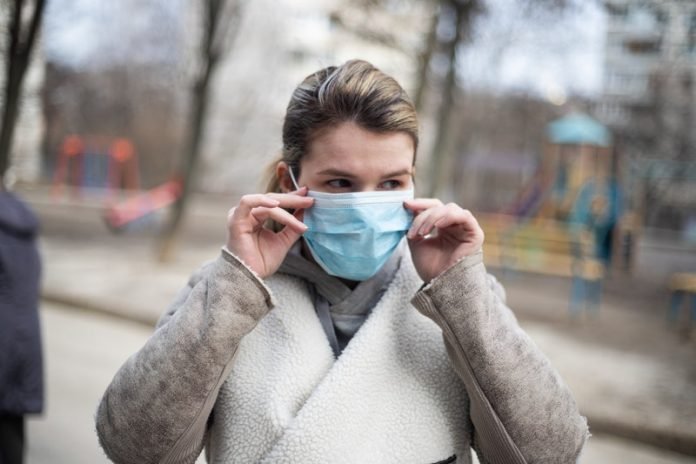
What makes the elderly and people with underlying conditions more vulnerable to COVID-19?
In a new study, researchers found that clues can be found in the proteins involved in initiating infection.
Greater cellular oxidation with aging and sickness may explain why seniors and people with chronic illness get infected more often and more severely.
The research was conducted by a team at McGill University and elsewhere.
Over 60 million people have been infected and around 1.5 million have died from COVID-19.
The virus is disrupting economies and food supply chains all over the world. Understanding why some animals get infected and others do not may be the key to unlocking new treatments and therapies.
In a study, researchers analyzed available protein sequences of the virus and host cell receptors across different spices to find out why.
Once inside a host cell, the virus hijacks the cell’s metabolic machinery to replicate and spread.
The virus’s protein spikes attach to a protein receptor on the surface of the host cell called ACE2, fusing the membranes around the cell and the virus together.
This process allows the virus to enter the cell and co-opt its protein-making machinery to make new copies of itself. The copies then go on to infect other healthy cells.
In analyzing the proteins and their amino acid building blocks, the researchers found that animals susceptible to the virus have a few things in common.
Such animals like humans, cats, and dogs have two cysteine amino acids that form a special disulfide bond held together by an oxidizing cellular environment.
This disulfide bond creates an anchor for the virus.
The analysis suggests that greater cellular oxidation in the elderly or those with underlying health conditions could predispose them to more vigorous infection, replication and disease.
In the case of animals resistant to the virus, like pigs and cows, one of these two cysteine amino acids is missing, and the disulfide bond cannot be formed. As a result, the virus cannot anchor on to the cell.
According to the researchers, preventing the anchor from forming could be the key to unlocking new treatments for COVID-19.
One strategy, they suggest, could be to disrupt the oxidizing environment that keeps the disulfide bonds intact.
Antioxidants could decrease the severity of COVID-19 by interfering with the entry of the virus into host cells and its survival afterward in establishing further infection.
One author of the study is McGill Professor Jaswinder Singh.
The study is published in the Computational and Structural Biotechnology Journal.
Copyright © 2020 Knowridge Science Report. All rights reserved.



